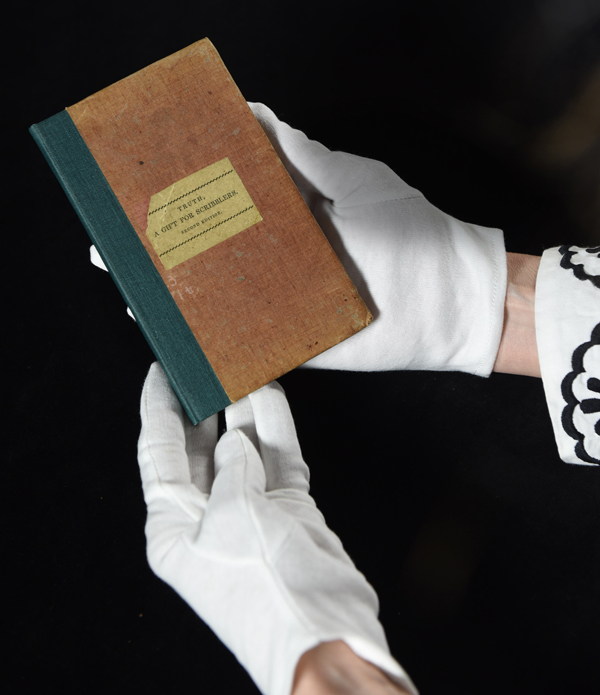In Search of "Truth"
Was it for the elite, or for the masses?

When Lydia Wuorinen ’19 stumbled on an 1832 copy of Truth, a gift for scribblers, in the Northwestern library, she was intrigued by the impressive level of snark in a book so old.
The subjects of Snelling’s scorn, not surprisingly, did not take this well. Undeterred, in the book’s second and third editions Snelling asserted that he was motivated only by a sense of honor to save the public from literary horrors.
Wuorinen, a student in Associate Professor of English Jay Grossman’s research seminar, was curious about whom Snelling considered
Information from the book’s small Boston publishing house, which would typically provide the answer, was scarce. Then Wuorinen had an “aha” moment: why not conduct a chemical analysis of the book, which would shed light on the quality of the materials and hence the demographic that could afford to read his writing?
In less than a week, she received approval from Northwestern librarians, conservators
The analysis did not provide a definitive answer to Wuorinen’s question, but it did reveal numerous chemical impurities — including sulfur, potassium
Photo: Rob Hart